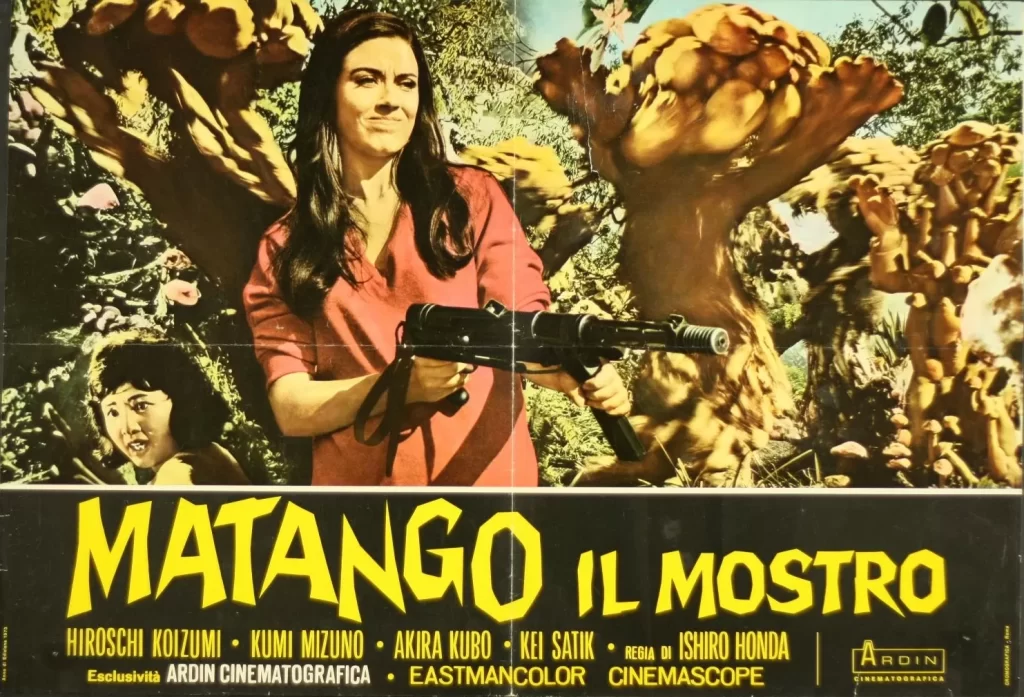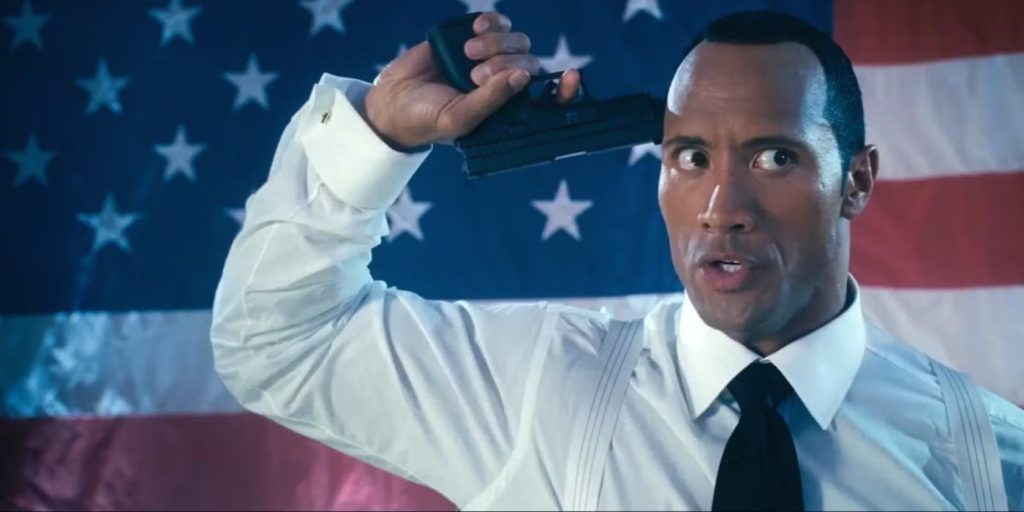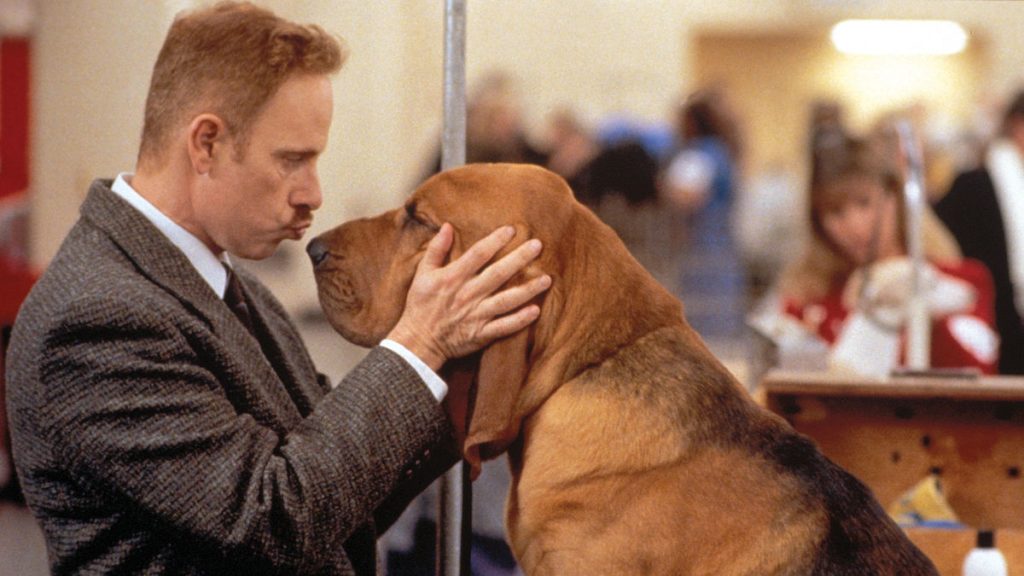“The incredibly shocking drama you are about to see is perhaps the most bizarre episode in the annals of American crime. The unbelievable events depicted are based on newspaper accounts and court records. This is a true story.”
So begins Leonard Kastle’s The Honeymoon Killers, and so, perhaps not in so many words, begin countless other stories of real-life murders and lovers on the run. In fact, that’s the title of the series on the Criterion Channel in which Honeymoon Killers is currently available, but seeing it mixed into the company of films like They Live By Night and Ain’t Them Bodies Saints only underscores how atypical the picture is. From the 1940s through the 1990s (one of the sub-genre’s highest saturation points) crime-wave couples were gorgeous, glamorous, and deadly, whether you’re talking about the deliciously phallic gunslinging of Gun Crazy or the explicit three-ways of The Doom Generation. The protagonists of most of these movies live by the William Motley creed – “live fast, die young, and leave a good-looking corpse” – and the films around them follow their lead, reveling in style and bad-boy/girl extravagance.
The Honeymoon Killers is, to put it mildly, not of that ilk. Its focal characters certainly are not glamorous; Martha Beck (Shirley Stoler) has a hard, mean face, and a stern, nasty manner, and the man she meets via a lonely-hearts letter-writing club, Ray Fernandez (Tony Lo Bianco) is a sleazy piece of work, a grifter and a cheat, buttering her up with flattery and picking her pocket when she’s not looking. They’re less like characters from Fritz Lang than John Waters – vile, unlikable people, who seem to deserve no better than each other.

Kastle’s approach is similarly stripped down. Cinematographer Oliver Wood – who would go on to shoot such massive movies as Die Hard 2, Face/Off, and the original Bourne trilogy – adopts In Cold Blood’s tabloid-style black-and-white photography froma few years earlier, but he and Kastle augment that monochromatic look with drab production design, flat lighting, and bland costumes, all the more to underscore that the horrible crimes were committed by the most average people imaginable.
Ray has figured out how to use his good looks and “exotic” manner to bilk lonely women out of their money, and though Martha catches on to Ray’s games fairly early, she doesn’t push him away – in fact, she suggests they go into business together. They work out a cover story where she poses as his sister, joining him to meet his new brides (and to help him rob them), and it’s a good idea in theory, but it all goes sideways pretty quickly; he’d like to have a little fun in the process, you see, and their jealousy, lies, and pettiness threaten to upend the hustle.
Even when they’re running this scam, it doesn’t come across as particularly fun or funny – Kastle eschews the brassiness typical of con movies to portray this as what it is: two soulless monsters taking advantage of sad, lonely people. (Which is not to say that it’s an entirely humorless enterprise; there is some domestic comedy to be found in nagging old Janet – Martha’s pick for a mark – driving her batty in the middle of the night.)

Eventually, of course, they turn from robbery to homicide, but the murders are presented as exactly what they are, with no attempt to soft-pedal them in style or flair. When they decide to kill Janet, they go back and forth over who has to take care of her, and then Martha hits Fran with the hammer in a flat, plain wide shot, a horrifying crime rendered in a matter-of-fact fashion. After the deed is done, in a handheld shot that now plays as stunningly contemporary, Ray removes his blood-stained clothes, deposits them on the body of the woman they’ve just killed, and walks into the bedroom nude to present himself to Martha. We see his naked form from behind, but there’s not much doubt as to the state he’s in when he gets there.
The two murders that follow are even more disturbing, and rendered with a similar flatness. Though there are a couple of stylish touches here – a tight close-up of a victim’s terrified eyes as they strategize killing her and her daughter, for example – there’s nothing that can blunt the impact of Martha luring a grade-school age girl into a cellar by insisting a puppy is waiting for here there. The entire sequence is overwhelming in its dread, but it’s also pathetic. This is who and what these people are.
Martin Scorsese, with only his debut film Who’s That Knocking At My Door in his pocket, was famously hired as the original director of The Honeymoon Killers, and fired a few weeks in; Kastle later told the New York Times, “The problem with him was that everything took very long.” After another interim director, Donald Volkman, was brought in for two weeks, Kastle eventually took over himself. It’s hard to imagine a director farther from The Honeymoon Killers than Scorsese, whose stylized expressions of violence in the likes of Taxi Driver, Raging Bull, and Goodfellas are the polar opposite of what’s happening here. And it’s similarly hard to square this early example of “true crime” with what that genre became, with sex symbols like Zac Efron donning the duds of serial killers to prove how complex they really are. That’s all play acting. The Honeymoon Killers feels like the real thing, and it’s much scarier for it.
“The Honeymoon Killers” is currently streaming on The Criterion Channel.



